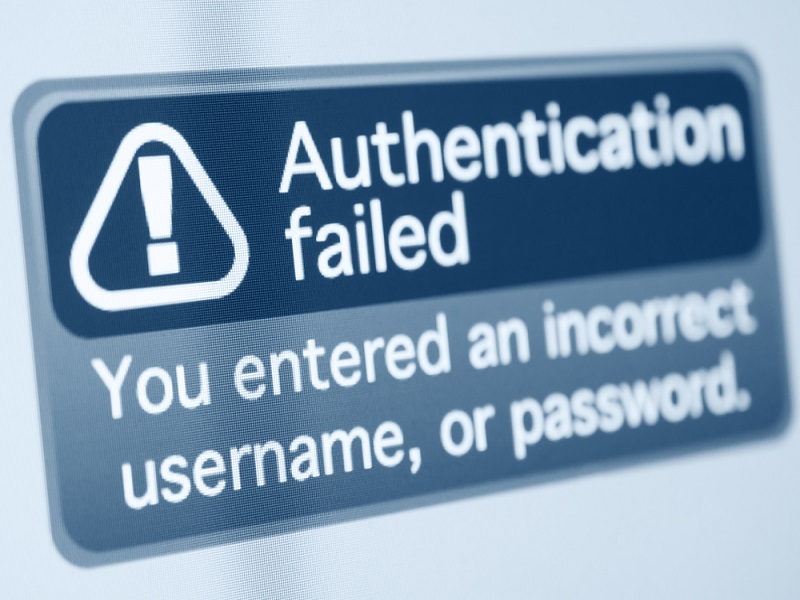Traditional payment methods such as credit and debit cards offer very little protection regarding securing financial details. While cardholder information is stored on the chip embedded in these devices – or in the magnetic strip on the back – it’s not all that difficult to copy the details. When using the card at an ATM or payment terminal, users will need to enter a PIN. But what if that PIN can be digitized soon?
Also read: Malware Attack Against Point-of-sale System Displays Need for Bitcoin Adoption
Digitizing Consumer PIN Codes For Additional Security
The final barrier of protecting customer financial data comes in the form of PIN authentication when making card transactions. Some experts view this “forced PIN entry” as a two-factor authentication method, protecting the consumer from funds being stolen. However, relying on just a PIN isn’t sufficient and the technology has to keep evolving.
MyPINpad has come up with a solution to digitize these PIN numbers and plans to offer the functionality to both online and mobile shoppers. To be more precise, this digitized form of PIN authentication would be made available to consumers using a mobile device and desktop computers.
What makes the service offered by MyPINpad so interesting is how it will not disrupt the existing bank protocols when making a card payment. In most cases, any form of additional security would cause inconvenience for users, but that does not appear to be the case here. Furthermore, the digitized PIN authentication method can co-exist with a traditional manual entry of the code.
VocaLink has inked a five-year agreement with MyPINpad to make this project a success. At the time of publication, there have been talks between both parties and major UK banks, merchants, and PSP’s. As you would come to expect, this new service will need to be tested thoroughly before it becomes available for mass adoption.
The best part of the solution by MyPINpad and VocaLink is how it will give consumers a sense of familiarity when digital authorizing their PIN. If there is one thing the everyday consumer does not like, it is when things change, even if that change provides additional security.
Taking A Page Out of Bitcoin’s Book
Using digital PIN authentication is nothing new in the world of Bitcoin and digital currency. Bitcoin users have been able to authenticate with a digital PIN for multiple years now. This authentication is required not only when accessing a Bitcoin wallet, but also for making a transaction.
In a way, digital PIN authentication is a convenient way to verify ownership of the payment method. By giving this authentication procedure a digital aspect, it will effectively serve as “one-and-a-half-factor authentication”, as users will need to own the card, and provide a way to digitally authenticate this PIN.
What are your thoughts on the concept of digitizing PINs? Is this something you are looking forward to trying? Let us know in the comments below!
Source: Finextra



